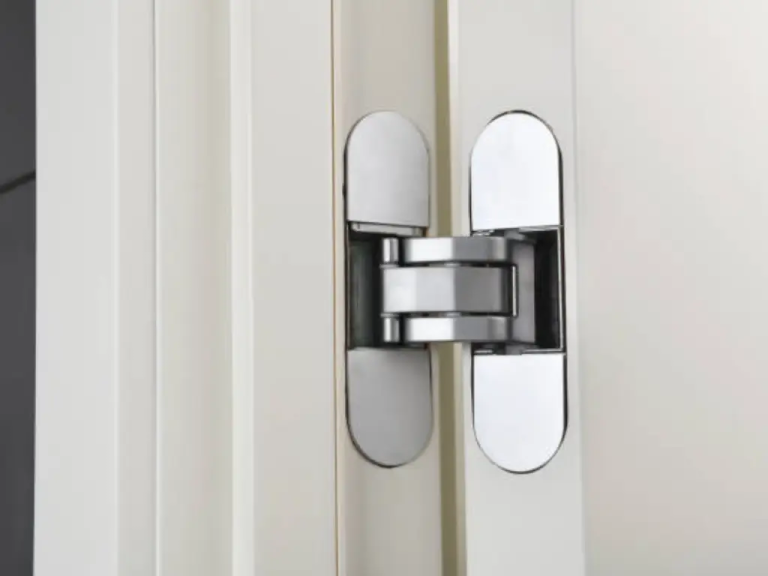Classic Beauty in Modern Times: Exterior Design Excellence
The pursuit of timeless elegance in home design is nothing new. Classic exterior designs have always been admired for their sophistication and restraint. Yet, in modern times, a fusion of classic and contemporary styles has emerged, creating a unique aesthetic that appeals to tradition and innovation. Exterior design today is more than just curb appeal; it’s about creating a balance between the past and the present.
The Charm of Classic Design
Classic exterior design is synonymous with elegance and symmetry. From stately columns to intricate moldings, these features highlight timeless craftsmanship. The balanced proportions typical of classical design are pleasing to the eye and evoke a sense of permanence and heritage.
Architectural styles such as Georgian, Greek Revival, and Colonial continue to inspire modern homes. Their ornate details, such as pediments and cornices, still find their way into contemporary façades, giving a nod to history.
Modern Design and Its Role
Modern exterior design, by contrast, is defined by simplicity, clean lines, and functionality. Its minimalist approach often incorporates large windows, open spaces, and flat roofs. Modern homes focus on a direct connection to the surroundings, using natural light and eco-friendly materials to blur the lines between indoor and outdoor spaces.
While some modern designs can feel stark or overly simplistic, thoughtful integration of classic elements can introduce warmth and character to a design that might otherwise feel impersonal.
Marrying Classic and Modern Styles
Blending classic and modern elements in exterior design creates a unique aesthetic that stands out. Combining these styles respects tradition while adapting to the needs of the present. It’s about taking the rich detailing of classic design and pairing it with the functionality and efficiency of modern architecture.
One of the most effective ways this fusion is achieved is through materials. For instance, modern homes often incorporate natural materials such as wood, stone, or concrete in clean, geometric forms. Using materials like stone veneer in North Ogden can add a touch of traditional charm without disrupting a home’s modernist integrity. This blend channels both historic elegance and contemporary ingenuity.
Materials and Texture in Timeless Designs
Material choice is crucial in marrying classic beauty with modern design principles. Brick, stone, and wood are long-standing staples of traditional exteriors, appreciated for their durability and timeless aesthetic. The resulting contrast creates visual intrigue when used alongside modern materials such as glass, steel, or metal cladding.
Textures also bring depth to a design. Smooth surfaces of sleek glass panels against the rough texture of well-laid stone veneers can highlight the strengths of both materials. These combinations appeal to modern sensibilities while preserving a feeling of classic sophistication.
Color Palette Considerations
Color plays a vital role in merging design styles. Classic hues such as white, beige, and gray remain prevalent, as they don’t overshadow the architectural elements. However, modern designs can introduce sharper contrasts or bold, muted shades to make a statement.
For example, a crisp white-painted exterior with black-framed windows can echo both traditional and contemporary aesthetics. Similarly, natural tones of stone or exposed wooden features soften a bold, modern structure, creating a cohesive and timeless visual impact.
Functionality Meets Aesthetic
Today’s exterior designs prioritize functionality, blending it seamlessly with aesthetic appeal. Porches, patios, and outdoor living spaces—traditionally external features of older homes—are now updated with modern amenities like weatherproof furniture and heat lamps. These features combine old-world charm with new-world convenience.
Additionally, energy efficiency plays a significant role in creating a perfect fusion of classic and modern designs. Incorporating sustainable features such as solar panels, high-performance insulation, or green roofs ensures that a home’s charm matches its eco-conscious technological advancements.
The Art of Landscaping
Landscaping connects the architecture of a home with its surroundings. Traditional homes often include manicured lawns, symmetrical gardens, and ornate fountains to enhance the property’s appeal. Conversely, modern landscaping leans on natural elements and open forms, favoring native plants and water-efficient designs.
When merged, the result is an outdoor space that feels expansive and intimate. A well-designed walkway made with natural stones can reflect the durability and aesthetics of the home’s exterior, aligning the natural with the manmade. This approach enhances the overall balance of the design.
Conclusion
Blending classic and modern exterior design elements creates homes with timeless beauty while addressing contemporary needs. This thoughtful combination allows homeowners to enjoy the depth and character of tradition without sacrificing the convenience and innovation of modern life.
Whether through material choices, innovative layouts, or carefully selected landscaping, balancing the best of both worlds ensures that classic beauty lives on, even in the most modern homes.







